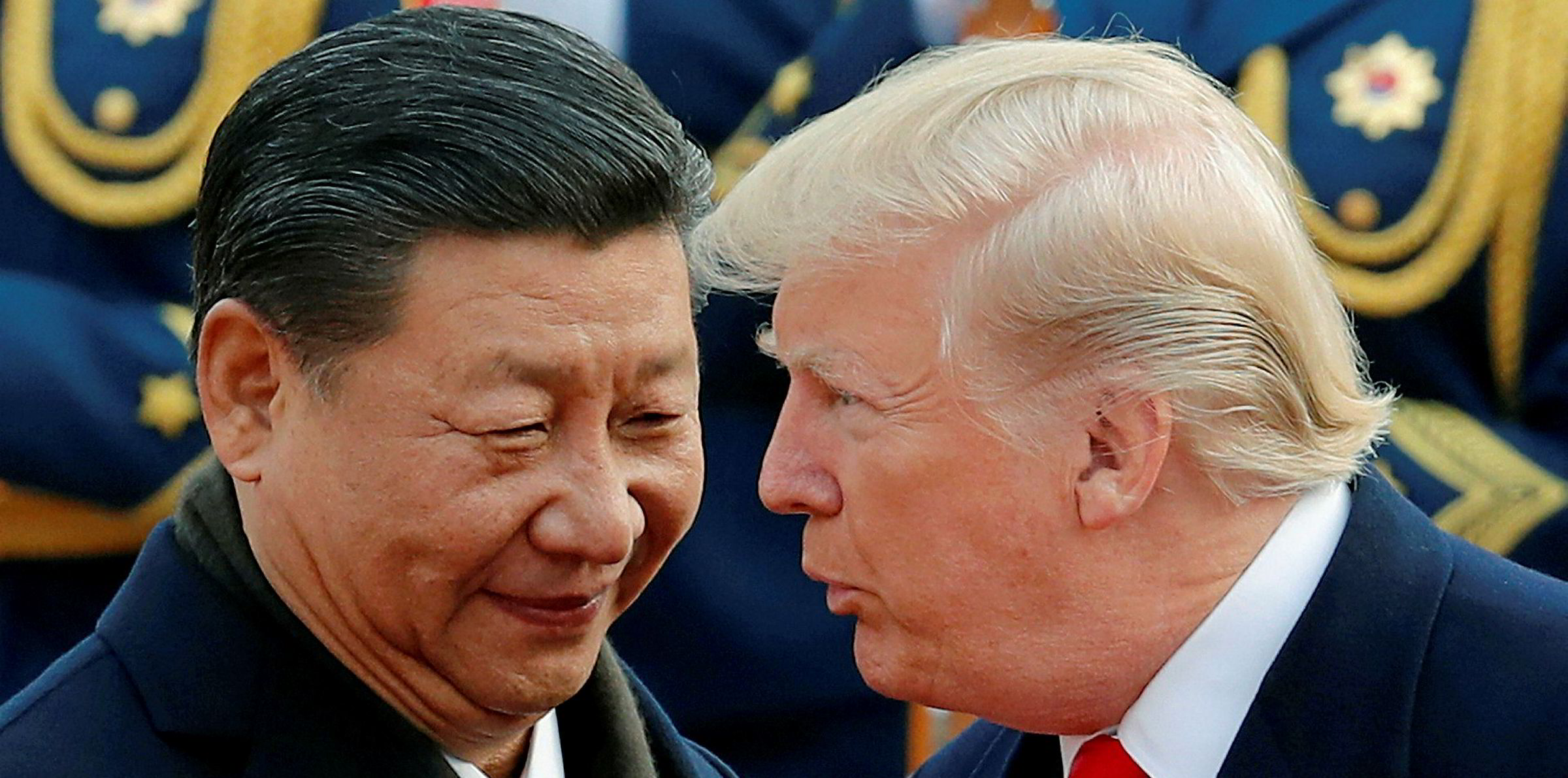US President Donald Trump and Chinese President Xi Jinping have called truce in their tariff war in a move that has been welcomed by the shipping sector.
The two leaders have agreed to halt the imposition of new tariffs for 90 days and intensify their trade talks, it emerged Friday on the sidelines of the Group of 20 summit in Argentina.
Analysts said the truce was positive for shipping,particularly dry bulk and containers.
"For shipping, this could be huge," said Frode Morkedal of Clarksons Platou Securities. "This is definitely what we have been waiting for."
Fotis Giannakoulis of Morgan Stanley said: "The US-China trade tension thawing is a major positive for all shipping and LNG stocks."
The White House said in a statement: “President Trump has agreed that on 1 January 2019, he will leave the tariffs on $200bn worth of product at the 10% rate, and not raise it to 25% at this time.
“China will agree to purchase a not yet agreed upon, but very substantial, amount of agricultural, energy, industrial, and other product from the United States to reduce the trade imbalance between our two countries.”
It added that China has agreed to start purchasing agricultural product from US farmers “immediately”, but gave no further details.
President Trump and President Xi have also agreed to immediately begin negotiations on structural changes with respect to forced technology transfer, intellectual property protection, non-tariff barriers, cyber intrusions and cyber theft, services and agriculture.
“Both parties agree that they will endeavor to have this transaction completed within the next 90 days,” The White House said.
“If at the end of this period of time, the parties are unable to reach an agreement, the 10% tariffs will be raised to 25%.”
“If indeed there is a settlement within 90 days in which China agrees, as they have often indicated, that they would reduce the trade deficit by $200bn to $250bn, then it would be great news for shipping,” Precious chief executive Khalid Hashim told TradeWinds.
“Grain, coal and oil and gas are the three raw materials that the US can export in large quantities and which China can easily import in equally large quantities.”
Hashim said China currently imports coal from Indonesia which is barely six days away as against the US which is about 42 days away and that could result in a huge ton-mile increase in demand for dry bulk shipping.
Missing piece of the jigsaw
Morkedal says the higher tariffs would have cut 0.25% off of Chinese GDP and 0.04% off of world GDP growth.
However, with the US iceing the plan, China has agreed to buy agricultural, industrial and energy products from the US, which the Clarksons analyst suggests will include soybeans, LPG and LNG.
“This could potentially be the missing piece of the jigsaw puzzle for all ships - not just panamaxes (that carry the soybeans),” the analyst explained.
Positive for shipping
“Despite the temporary nature of the deal, sentiment coming out of the G-20 meeting was positive with both sides optimistic a more comprehensive deal will be struck,” Deutsche Bank analyst Amit Mehrotra said.
“News of a deal has positive implications for global shipping markets given the expectation that the countries will work to reduce the US trade deficit.”
The analyst said that Trump’s claim that China will start purchasing US agricultural products immediately will be a plus for midsize bulkers that move grain. And if China taking on more US LNG volumes will help push export projects to final investment decisions.
“ We also see the opportunity for more long-haul voyages for the VLCC fleet with the possibility of China taking more US crude,” he said.





